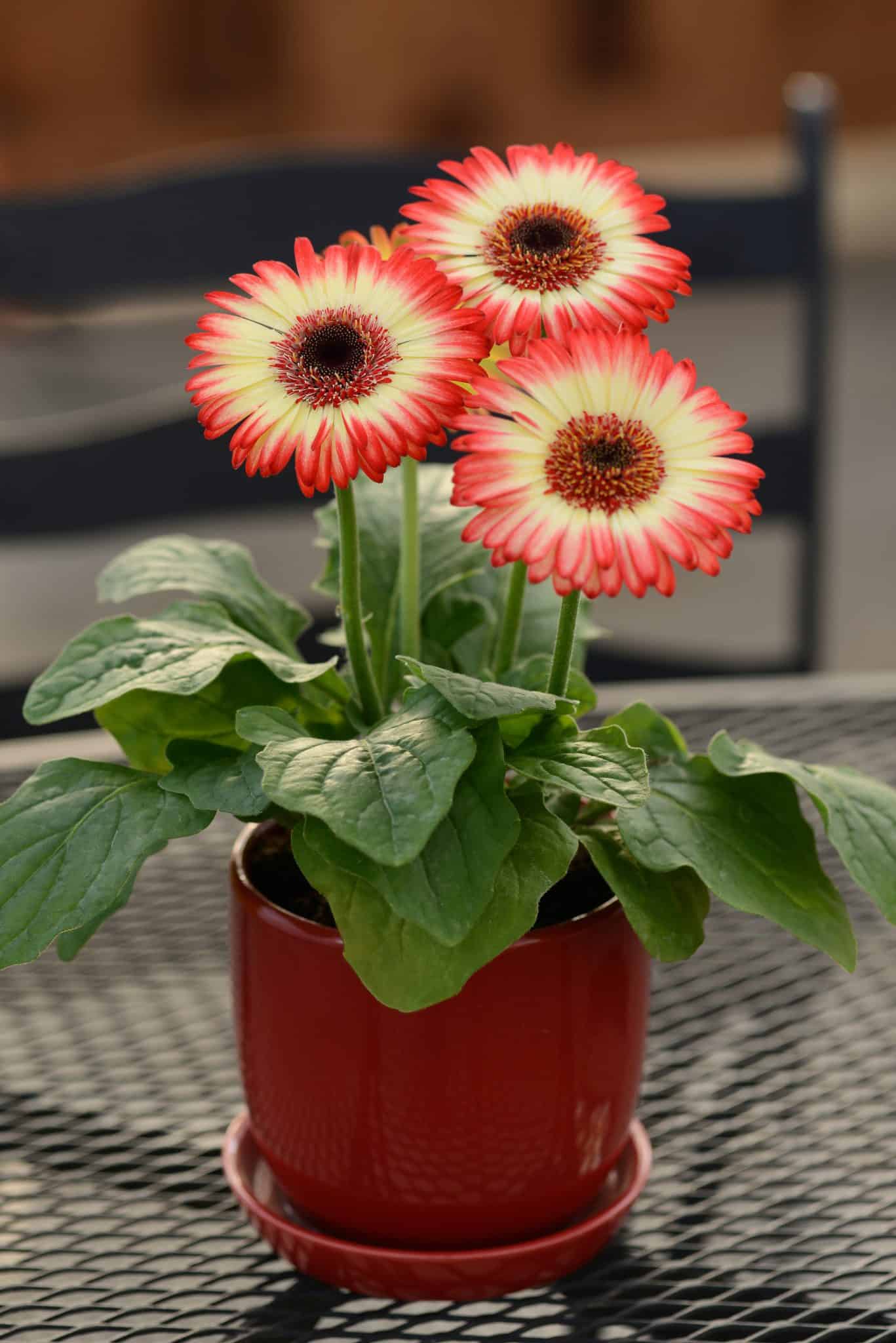Getting to Know the Sunny Gerbera
Gerbera daisies are like little rays of sunshine in the flower world. With their bright and bold colors and large, showy flower heads, they’re hard to miss. Originally from South Africa, these beauties have found their way into gardens and homes all over the globe, bringing a touch of joy wherever they go. They belong to the Asteraceae family, which is a massive group that includes sunflowers, daisies, and chrysanthemums – so they’re in good company!
A Rainbow of Colors and Forms
One of the coolest things about Gerberas is the sheer variety they come in. You can find them in almost every color imaginable, from vibrant reds and oranges to sunny yellows, delicate pinks, and even pure whites. Some varieties even sport multiple colors in a single bloom! The flower heads themselves can also vary quite a bit. You’ll see single petal rows, double rows for a fuller look, and even spiky or crested centers that add extra texture and interest. This incredible diversity makes them a favorite for gardeners and florists alike.

Why Gardeners Love Gerberas
Beyond their stunning looks, Gerberas have a lot going for them. They’re relatively easy to grow, especially in sunny locations with well-draining soil. They’re also long-lasting as cut flowers, making them perfect for bouquets and arrangements. Plus, they attract beneficial pollinators like bees and butterflies to your garden, which is always a bonus. While they’re not exactly low-maintenance (they can be a bit fussy about watering and temperature), the reward of those gorgeous blooms makes the effort totally worthwhile for many plant lovers.
Growing Your Own Gerbera Goodness
If you’re thinking of adding some Gerbera cheer to your garden, here are a few things to keep in mind. They thrive in full sun, needing at least six hours of direct sunlight each day to really flourish and produce those vibrant flowers. The soil is also crucial – it needs to drain well to prevent root rot, which is something Gerberas are susceptible to. When it comes to watering, aim for consistently moist soil but avoid letting the plants sit in soggy conditions. During the growing season, a balanced fertilizer can help encourage healthy growth and abundant blooms. In colder climates, Gerberas are often grown as annuals or in containers that can be brought indoors for the winter, as they aren’t very frost-tolerant.
:max_bytes(150000):strip_icc()/gerber-daises-4121360-hero-bfd1a98e8bb44c45891b84d9df63b5ac.jpeg)
Gerbera Indoors: Bringing the Sunshine In
You don’t need a garden to enjoy the beauty of Gerberas. They also make fantastic houseplants, bringing a pop of color to indoor spaces. When growing them indoors, make sure they get plenty of bright, indirect light – a sunny windowsill is usually ideal. Just like their outdoor counterparts, indoor Gerberas need well-draining soil and careful watering. Avoid overwatering, and ensure the pot has drainage holes so excess water can escape. They also appreciate good air circulation. With the right care, you can enjoy their cheerful blooms indoors for a good amount of time.
A Little Bit of History and Symbolism
Gerberas were first discovered in South Africa in the late 1800s by botanist Robert Jameson, and the genus was named after German naturalist Traugott Gerber. Since then, they’ve become incredibly popular worldwide. Symbolically, Gerberas are often associated with cheerfulness, innocence, and purity, likely due to their bright colors and daisy-like appearance. They’re a common choice for expressing happy sentiments and are frequently featured in celebratory bouquets.

Conclusion: The Enduring Appeal of Gerberas
Gerbera plants, with their dazzling array of colors and their ability to brighten any space, hold a special place in the hearts of gardeners and flower enthusiasts. Whether gracing garden beds or adding a vibrant touch to indoor settings, their cheerful blooms and relatively straightforward care make them a rewarding addition to any plant collection. Their rich history and positive symbolism only add to their enduring appeal.
Frequently Asked Questions About Gerberas
How often should I water my Gerbera plant?
Water your Gerbera when the top inch of soil feels dry to the touch. Avoid overwatering, as this can lead to root rot. Ensure your pot has good drainage.
What’s the best type of fertilizer for Gerberas?
A balanced liquid fertilizer diluted to half strength every 2-4 weeks during the growing season (spring and summer) will help keep your Gerbera happy and blooming.
Why are the leaves of my Gerbera turning yellow?
Yellowing leaves can be a sign of several issues, including overwatering, underwatering, or nutrient deficiencies. Check the soil moisture and consider feeding your plant with a balanced fertilizer. Ensure it’s also getting adequate sunlight.
Can I propagate my Gerbera plant?
Gerberas can be propagated by division, but it can be a bit tricky and is best done during repotting in the spring. They can also be grown from seed, although this can be a slower process.
How long do Gerbera flowers typically last?
Gerbera Plant
